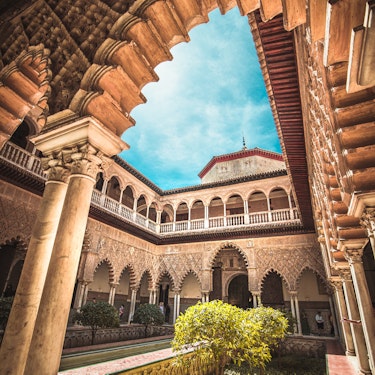More about: Best Things to Do In Seville In 3 Days
Do you have a long weekend available and feel like discovering a historic city? Don't hesitate any longer, Seville is the answer to your questions. The Andalusian capital offers an endless number of things to see and do but with three days you will see the essentials. Here you will find everything you need: monuments, traditional restaurants, flamenco shows and a vibrant nightlife. Ready to go?
1. Day Discover monumental Seville
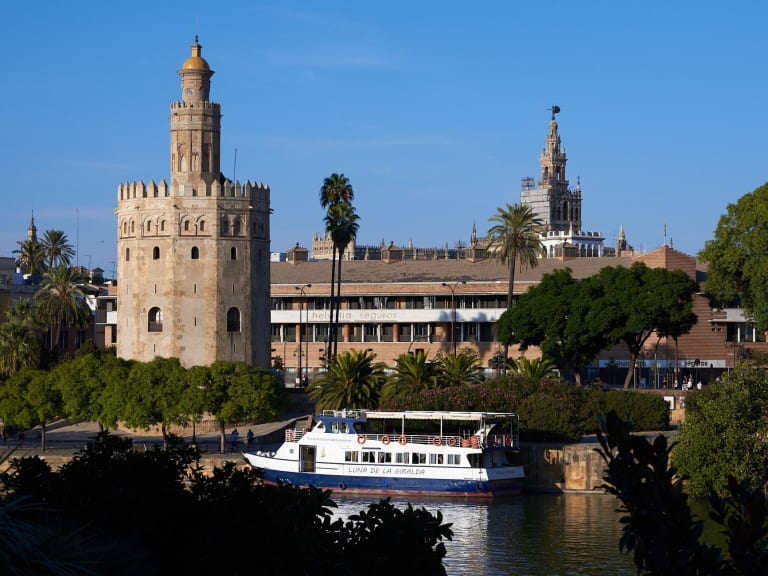
On the first day we will focus on the essentials of the Andalusian capital. The route is concentrated between the old town and the famous Triana quarter.
For an easy and mostly pedestrian route, we have placed the starting point under an icon of Seville: the Torre del Oro (Golden Tower).
Walk under the watchtower of the Guadalquivir River
The Torre del Oro is one of the Andalusian capital's finest monuments. It was built in the last years of the Almohad dynasty and has a twin in nearby Calle Santander: the Torre de la Plata. The watchtower marked the beginning of the old port and had a defensive function.
In the Muslim period, there was no real bridge between Seville and Triana, but rather boats lined up and held stable by a chain. This barrier closed the way to enemy ships and thwarted a few boarding attempts, such as that of the Castilian sailor Ramón de Bonifaz.
The Torre del Oro can be visited every day of the week from 9:30am to 6:45 pm (Monday to Friday) and from 10:30am to 6:45 pm (Saturday and Sunday).
Spend a few hours at the Real Alcázar
Many visitors to Seville overlook this treasure. Maybe it's because of lack of time or maybe because they haven't bought tickets in advance.
Don't make the same mistake, you can't go home without visiting the Real Alcázar. It is a highly coveted attraction and it is best to secure a ticket before you leave.
The Alcázar is one of the oldest royal palaces still in use. When the King and Queen travel to the Andalusian capital they still stay in the Cuarto Alto, a splendid residence that occupies the upper part of the Mudejar Palace. Its current appearance is due to Isabel II and it can be visited every day of the week.
I recommend that you spend a little time in this splendid monument. There is a lot to see and some rooms stand out from others. The list below is our top five:
- Patio de la Montería, the largestcourtyard in the Alcázar. Beneath the floor are the foundations of a building from the Muslim period. It is a monumental access point that welcomes visitors.
- Casa de Contratación (House of Contracting)
- Palace of Pedro I
- Gothic Palace, a building that symbolises the triumph of Christianity. It was erected by the will of King Alfonso X the Wise.
- Gardens
Continue the walk through the Cathedral of Seville and the Giralda
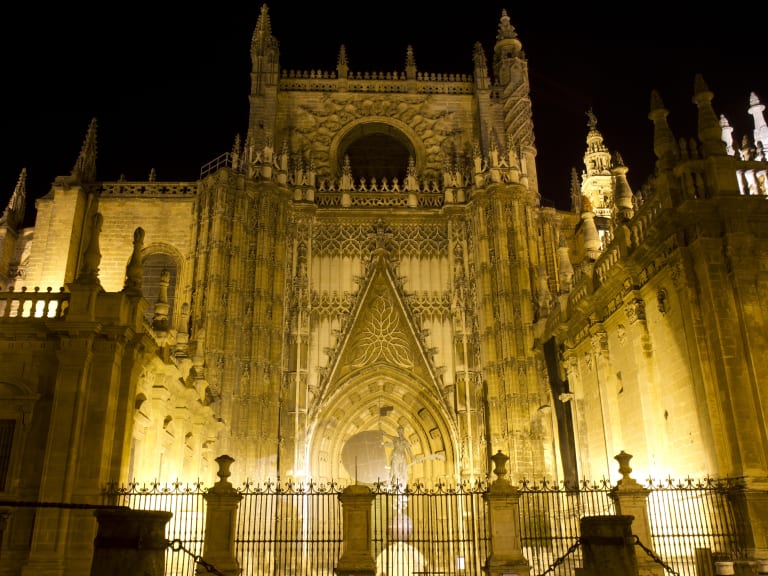
Seville Cathedral is the fourth largest cathedral in the world. Only St. Peter's and the Brazilian basilica of Nuestra Señora Aparecida surpass it in size. As you know, Seville has a seafaring past and its main church preserves the remains of its most famous navigator: Christopher Columbus.
The seafarer rests in a monumental cenotaph inside the church, although this was not always the case. Columbus was originally buried in Valladolid, although some claim that the real tomb is in Haiti. However, there is much more to see and if I had to choose just one activity, I would recommend a walk on the roof.
As well as seeing the tomb of Christopher Columbus and marvelling at the roofs and stained glass windows of the Central Nave, you can't miss the memorable climb up the Giralda. It will be well worth the effort for the spectacular views from this special bell tower of Seville.
Refresh yourself in the Maria Luisa Park
After a long visit, a break in the fresh air always comes in handy. Fortunately, next to the Alcázar is a historic park with fountains, benches, statues and luxuriant vegetation.
It covers an area of more than 340,000 square metres and has a lot of charm. It was designed by the French engineer Jean-Claude Nicolas Forestier, who trained in the Parisian forest of Boulogne. The Maria Luisa Park is open from 8:00 to 22:00 (autumn and winter) and from 8:00 to 24:00 (spring and summer).
On your way to the park, take some photos of yourself in the marvellous Plaza de España. No one will be indifferent to this large architectural complex, which has been the setting for such important films as "Lawrence of Arabia", "Star Wars" and "The Dictator".
2. Day The Parador de Carmona awaits you in the Sevillian countryside

On the second day we leave Seville for a few hours. A short distance away is a city that is definitely worth a visit.
Travel to Carmona
Carmona is a municipality of about 30,000 inhabitants a short distance from Seville. Tartessians and Phoenicians built it on top of a hill overlooking a fertile plain. Thanks to its privileged position, it became one of the most important cities in the region. It is enough to think that during Roman times it had the privilege of minting coins.
Visiting Carmona will take you at least half a day. Despite its size it has a good number of monuments and routes generally start at the Puerta de Sevilla, a monumental entrance surrounded by a fortress known as the Alcázar de Abajo. The first structure dates from the 3rd century BC, although it has been remodelled over the years. As usual, the routes touch on the following attractions:
- Plaza de San Fernando, the heart of Roman Carmona. This is where the two main streets intersected: the Cardo Maximus and the Decumanus Maximus. The remodelling work carried out in 1924 has given it its present appearance.
- ThePriory Church of Santa María de la Asunción, a late Gothic temple built on the foundations of a mosque. It bears a resemblance to the Cathedral of Seville and its interior houses a magnificent altarpiece depicting scenes from the life of Jesus.
- Necropolis, an obligatory stop on any trip to Carmona. It was the first Spanish museum dedicated to archaeological sites and houses burial chambers excavated in the rock. The most famous tombs are those of the elephant and Servilia. Within the grounds of the cemetery is a Roman amphitheatre that could have held 18,000 spectators.
- Hospital de la Caridad with its brick façade. Inside it houses a collection of Flemish paintings.
Taste the Andalusian gastronomy

Lunch in Carmona will give you the opportunity to taste its delicacies. The star dish is alboronía, a vegetable stew similar to ratatouille. Pumpkins, aubergines, courgettes, green peppers and tomatoes are simmered with a sauce of olive oil and a pinch of cumin. In the city, the restaurant of reference is Abaceria Museo Restaurante (Calle de San Ildefonso 1).
Other typical recipes include papas en amarillo (a potato stew with saffron that is often cooked with chorizo, seafood or crumbled cod) and potaje de tagarninas, a common thistle that grows wild in the fields of the region. For a good lunch you can opt for Molino de la Romera (Calle Sor Angela de la Cruz 8), La Yedra (Calle General Freire 6) or Lolita Fusión (Avenida Ronda Norte 48).
Take a break in Triana
After lunch in Carmona you can return to Seville and finish the day in Triana. Not far from the centre, just across the Triana Bridge, you'll find the most popular neighbourhood in Seville's capital on the other side of the river.
A good way to immerse yourself in the atmosphere of Triana is to book a tapas tour. There are thousands of bars and some are real institutions. El Bistec is one of these and is best known for its fried courgettes and cod omelettes (Calle Pelay Correa 34). Another traditional establishment is Casa Cuesta, which offers dishes made with fresh, local ingredients. Try the aubergines with salmorejo and the tenderloins with whisky, you won't regret it (Calle Castilla 1).
To round off the day you can opt for a river walk. There are several options available, from the simplest to romantic cruises with dinner on board. A different way to enjoy the city.
3. Day Tour the city centre to round off an unforgettable trip
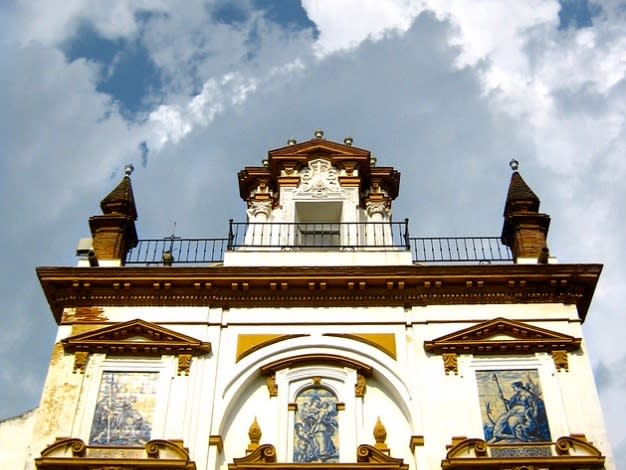
On the third and last day we return to Seville to see the remaining monuments. I have inserted the excursion to Carmona on the second day to enjoy the last few hours of the tour at a leisurely pace. This way you don't have to go back to your hotel or rental house right away.
Cross the threshold of the Iglesia de la Caridad (Church of Charity)
The route starts at a building that was once a hospital and a church. It was built in the 15th century to give a dignified burial to the destitute, the condemned to death and the unfortunate who lost their lives in the river. It played a crucial role during the plague epidemic and is undoubtedly one of the most important religious buildings in Seville.
Inside it houses works by Roldán, Murillo and Zurbarán, among others, and a collection of religious sculptures from the Italian city of Genoa. To learn more about its history, I recommend buying a ticket with an audio guide. The standard price is affordable - usually around €8 - and seniors pay only €5.
Admire the Piazza del Cabildo
Once out of the church, turn right and then take Calle 2 de Mayo. After passing under the Arco del Postigo del Aceite arch, you will come to the Plaza del Cabildo, an amphitheatre-shaped space surrounded by elegant palaces. In the past, this was the site of the college of San Miguel, which belonged to the Cabildo of Seville.
Although it does not have the same monumental fascination as Plaza de España, it is a quiet place that is not usually overcrowded. If you like sweets and fancy a treat, I recommend you stop off at La Campana, a confectioner's shop that has been making delicacies since 1885. Its specialities include polvorón cakes, cortadillos de cidra and milhoja de turrón (nougat millefeuille).
Enjoy the view in Las Setas
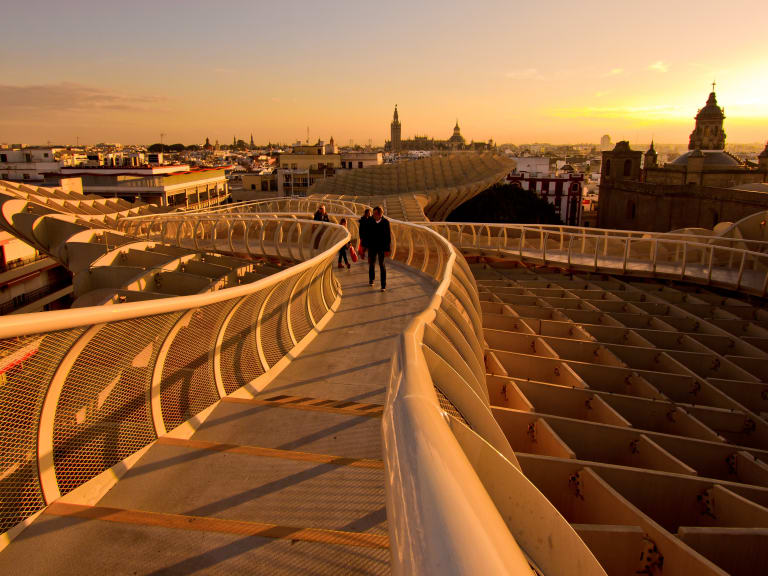
After visiting a symbol of Gothic Seville, it is time to see a contemporary icon. Put in Maps the address "Plaza de la Encarnación" and follow the signs, in about 10 minutes you will arrive at the foot of a gigantic wooden structure. This is the Setas de Sevilla, a unique work of art designed by the Berlin architect Jürgen Mayer.
If you look at it from a distance you will see that it is actually six mushroom-shaped parasols intertwined with each other. The lifts take you up to the roof, which is about 25 metres above the ground, high enough to reach over the surrounding buildings. As for the price, it depends on the time of day. If you pay €5 during the day, in the evenings the price rises to €10. If you are interested in plans after sunset, I recommend you read the post about the 10 things to do in Seville at night.
Say goodbye to Seville in the bars of Alfalfa
Before packing your suitcase and saying goodbye to Seville, you deserve a gastronomic treat. As you may have noticed these days, Seville and tapas go hand in hand and Alfalfa is the ideal place to sit in the sun on a terrace and order a cold beer. There are a few tourists, but the locals also come out here.
Its name derives from the herbaceous plant of the same name, which was used to feed animals. Alfalfa is young and cosmopolitan and definitely worth spending your last hours here. In this neighbourhood you can choose from a variety of options to suit all budgets:
- Sal Gorda, a must for fish and seafood lovers. It has a selection of recipes based on wild red tuna and Icelandic cod (Calle Beatriz de Bobadilla 9).
- Taberna Coloniales, a neighbourhood classic. Locals come here for sirloin steak (with whisky, Roquefort, Port or Castilian style), pâté and other specialities (Plaza Cristo de Burgos 19).
- Estrella, the bar behind the Flamenco Museum. They offer family-style cuisine and their star tapas are based on bull's tail or carrillada, fried fish and salmorejo (Calle Estrella 3).
- Donaire, a typical Sevillian bar in the heart of Alfalfa. Order a glass of white wine and a plate of grilled baby squid or garlic prawns (Calle Jesús de la Tres Caídas 2).
Is it worth a 3-day trip to Seville?
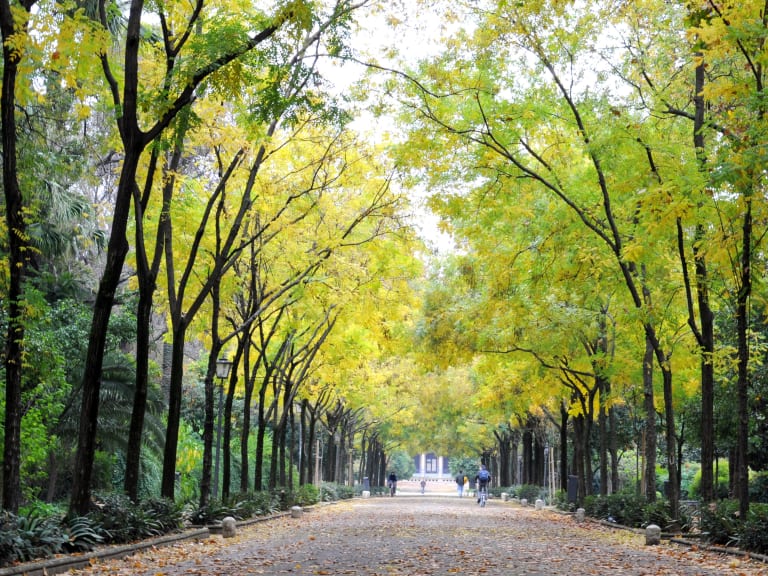
Of course it is! A long weekend is ideal to see the essentials of the Andalusian capital and a little of the surrounding area. If you decide to stay four or five days in Seville I recommend exploring even more of the nearby area. A highly sought-after excursion is the one to Cordoba, the city of the Mezquita. Other recommended destinations are Doñana, Granada or the remains of Italica.

